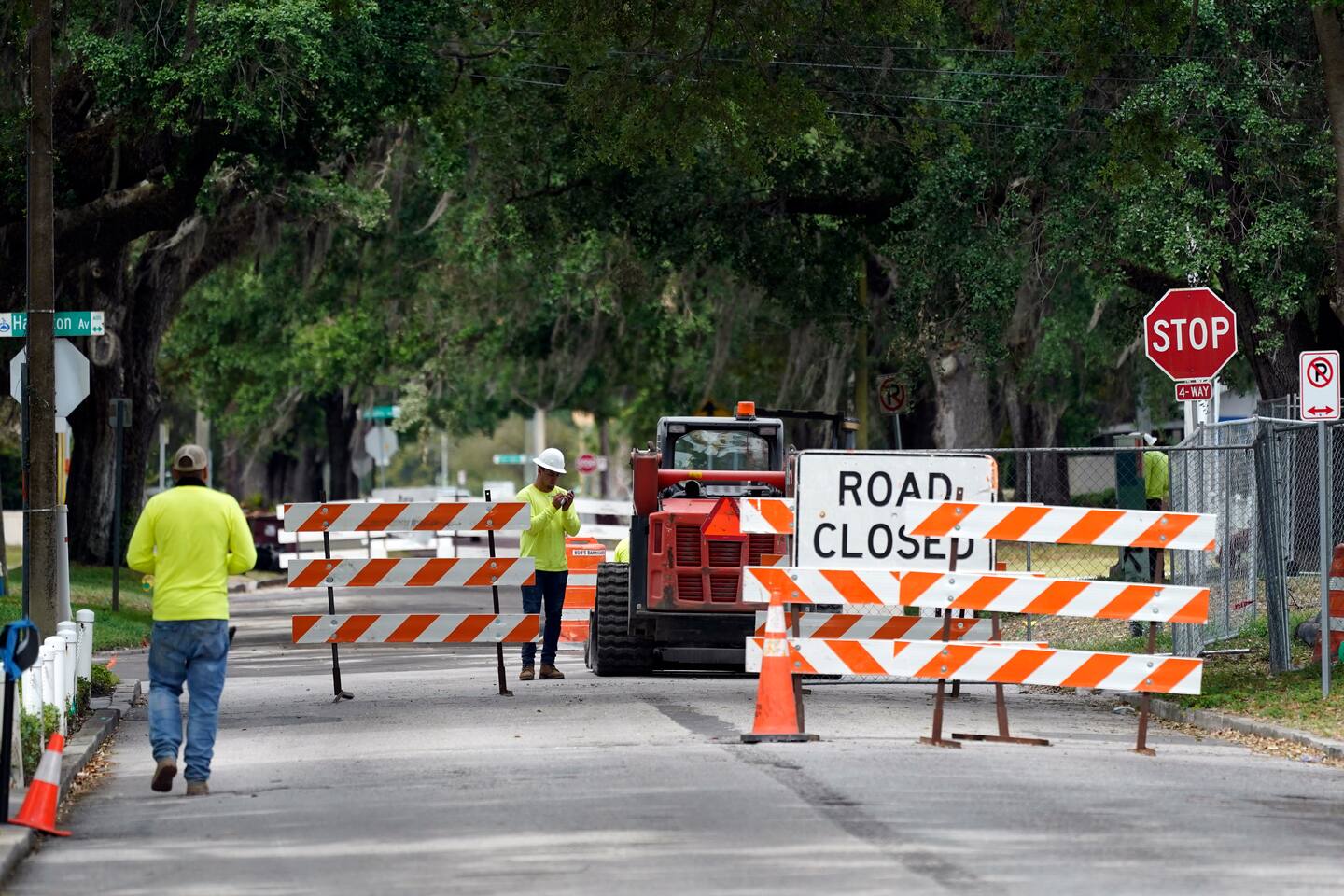Here are some pressing infrastructure projects near you

It’s honestly a bit odd. Most, if not all, Americans support the idea that bridges shouldn’t collapse as you drive over them, yet there are 44,741 bridges in the United States that are rated “poor” by the Federal Highway Administration. Nearly 45,000! That’s out of about 616,000, meaning that about 1 in 14 bridges indexed in the United States receive the government’s lowest rating.
But wait! It gets worse. The three ratings used — good, fair, poor — are simply reflections of the lowest rating a bridge gets on the condition of its deck, superstructure or substructure. (If you think of a standard highway bridge, the deck is what you drive on, the superstructure is what supports the deck and the substructure is what holds up the rest of it.) Those values are assessed on a zero-to-nine scale, with the average score for all three components being about 6.5 nationally.
But about 800 bridges in the country are rated as flat zeros on the deck. Another 800 or so are rated as zeros on superstructure and substructure, respectively. That’s … not great!
It doesn’t mean that these bridges actually are about to collapse, of course. It also doesn’t mean that you should gun your Honda to zip across them, fully confident that you’re not suddenly going to hit a pothole the size of a birthday cake.
Curious about where these suspect bridges might be? Well, allow us. We took the federal data and mapped all of the “fair” and “poor” bridges. You can enter a Zip code to find nearby bridges, or hit the “find me” button to show bridges near where you are at the moment. (You may be prompted by your browser to authorize The Washington Post’s website to use your location; we don’t do anything with it besides update the map.) If you ask it to track you by location, it will update every 20 seconds — so if you’re, say, driving, your passenger can keep you posted on which routes you might want to avoid.
If you choose “find me,” you may need to allow the browser to use your location at the top of the page.
Again, the bridges that show up in yellow or red are not necessarily dangerous! They are, however, in need of maintenance. They are a part of the crumbling infrastructure we hear so much about.
Hopefully, they will not actually crumble.






